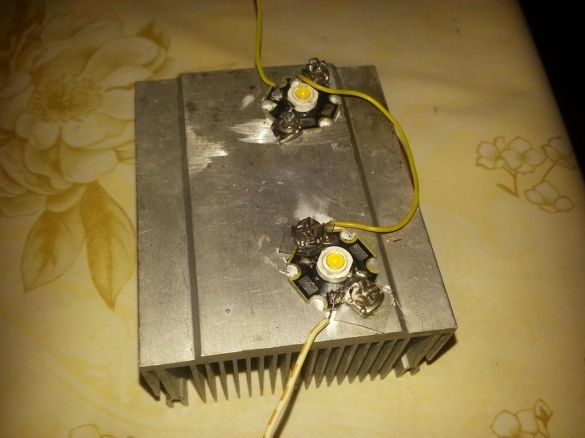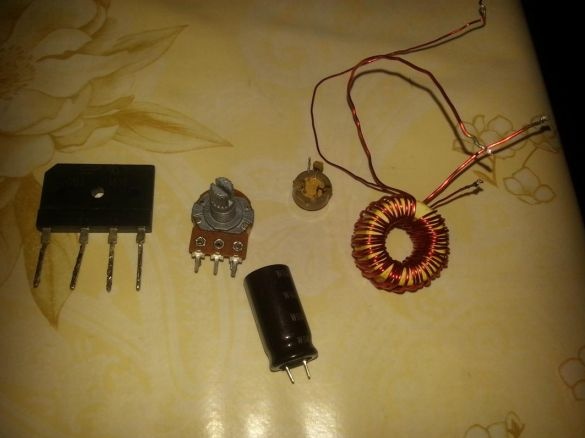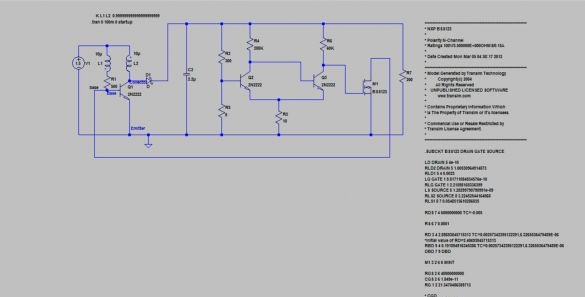If you ever want to power the LED from a single battery, then sooner or later you will come across a circuit called Joule Thief is a thief of joules. This circuit is good for many: with a small number of parts, you can use a dead battery, the assembled design is compact and will work on a battery with a voltage of only 0.6V. The classic circuit of this device can be viewed on Wikipedia. There are many options for this scheme, attempts to optimize it. I will show you with one of the options for this design, which will light up two 3-watt LEDs connected in series. Everything was assembled quickly. Given the rewind of the throttle, it took 20 minutes.
What is needed for assembly:
Soldering iron, not a lot of solder and wires. Battery 1.5V or less, firm hands.
Transistor. I used the CT630,
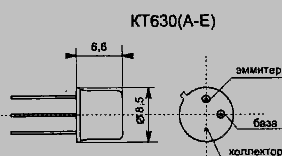
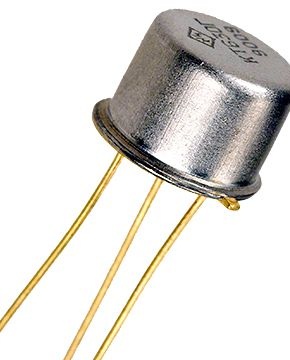
its maximum operating frequency is large, the collector current is higher than that recommended in standard schemes. In principle, any NPN transistor with a gain of at least 150, for example, 2SC1815, can be used. One 10 kΩ variable resistor.
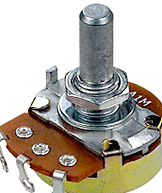
One electrolytic capacitor 47 uF at 25V. A larger capacitor charges longer and reduces the brightness of the glow. Any one diode with a reverse voltage of at least 100 V, because without load, the capacitor charges up to 30-45V.
One capacitor 0.01 uF. Two 3-watt LEDs connected in series. Mounted on a heat sink from a computer processor.
One group stabilization choke from a computer PSU.
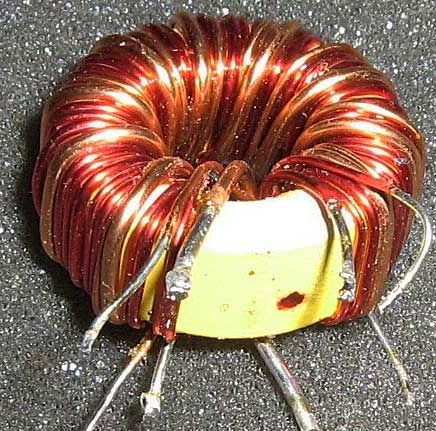
You can use any ferrite ring that is at hand. I used the choke from the PSU, simply because it was. I did not count the number of turns, I just wound the entire wire from the ring (there are two wires of different cross-sections) and wound it again, bifilar.
A winding wound with a wire of a smaller cross section was included in the base circuit of the transistor. Accordingly, the second winding is included in the collector circuit. It is important that the beginning of one winding is connected to the end of the other, as shown in the diagram.you can wind a winding on a ferrite core with a tap from the desired number of turns, or in general, make a coil without a core.
Unlike the standard circuit, here, the load is connected between the base and the collector. The efficiency of the circuit depends on the capacitor, which is connected in parallel with the load. Such a load switching circuit was made in an attempt to use the OEDS arising in the L2 coil.
The video shows that when the resistor R1 is closed, the brightness increases.


